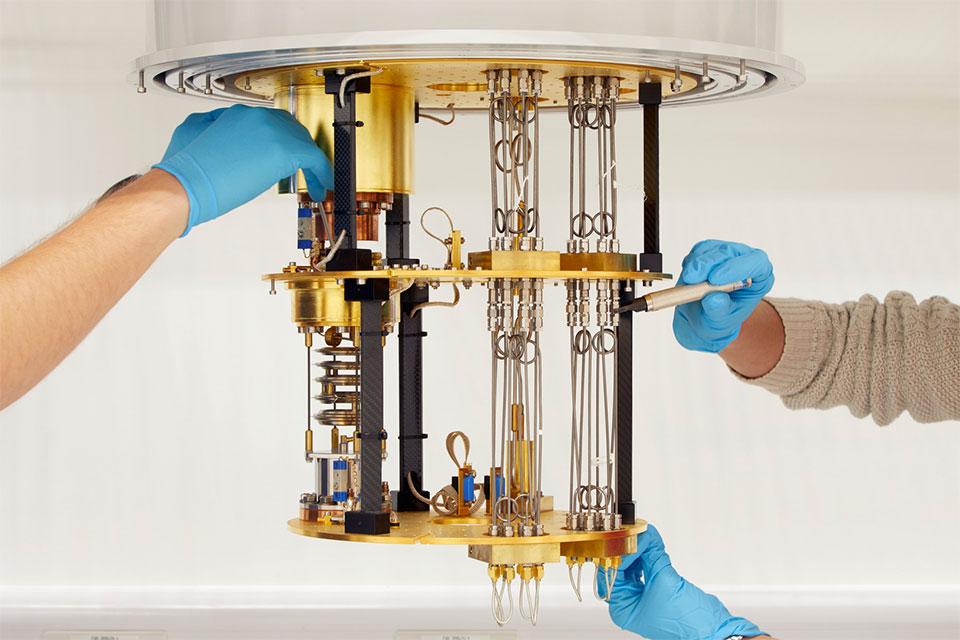Clarendon Laboratory, Department of Physics, University of Oxford, Parks Road, Oxford, OX1 3PU
Harald Ade
Department of Physics and Organic and Carbon Electronics Laboratories (ORaCEL), North Carolina State University, Raleigh, NC 27695, United States
E-mail: hwade@ncsu.edu
Maud Schmitt
Organic solar cells (OSCs) are one of the most promising cost-effective options for utilizing solar energy in high energy-per-weight or semi-transparent applications. Recently, the OSC field has been revolutionized through synthesis and processing advances, primarily through the development of numerous novel non-fullerene small molecular acceptors (NFA) with efficiencies now reaching >19% when paired with suitable donor polymers. The device stability and mechanical durability of these non-fullerene OSCs have received less attention and developing devices with high performance, long-term morphological stability, and mechanical robustness remains challenging, particularly if the material choice is restricted by roll-to-roll and benign solvent processing requirements and desirable ductility requirements. Yet, morphological and mechanical stability is a prerequisite for OSC commercialization. Here, we discuss our current understanding of the phase behavior of OSC donor:acceptor mixtures and the relation of phase behavior and the underlying hetero- and homo-molecule interactions to performance, processing needs (e.g., kinetic quenches), and morphological and mechanical stability. Characterization methods range from SIMS and DSC measurements to delineate phase diagrams and miscibility to x-ray scattering to determine critical morphology parameters and molecule packing and dynamic mechanical analysis (DMA) to assess specifically the hetero-interactions. The results presented and its ongoing evolution are intended to uncover fundamental molecular structure-function relationships that would allow predictive guidance on how desired properties can be targeted by specific chemical design. Comparative studies show that the molecular hetero-interactions between the donor and NFA are not always the geometric mean of the homo-interactions. This underscores the limited success often encountered when Hanson Solubility Parameters and surface energies are used to estimate molecular interactions. – We will also present a vignette detailing the use of UV-vis spectroscopy to reveal the intrinsic reorganization energy of NFAs, a parameter that should be relevant to the voltage losses on OSCs.

